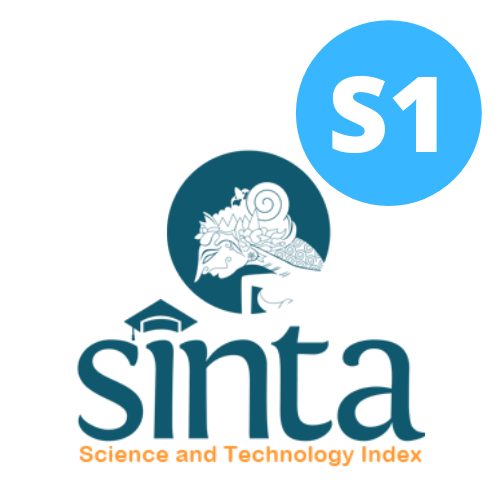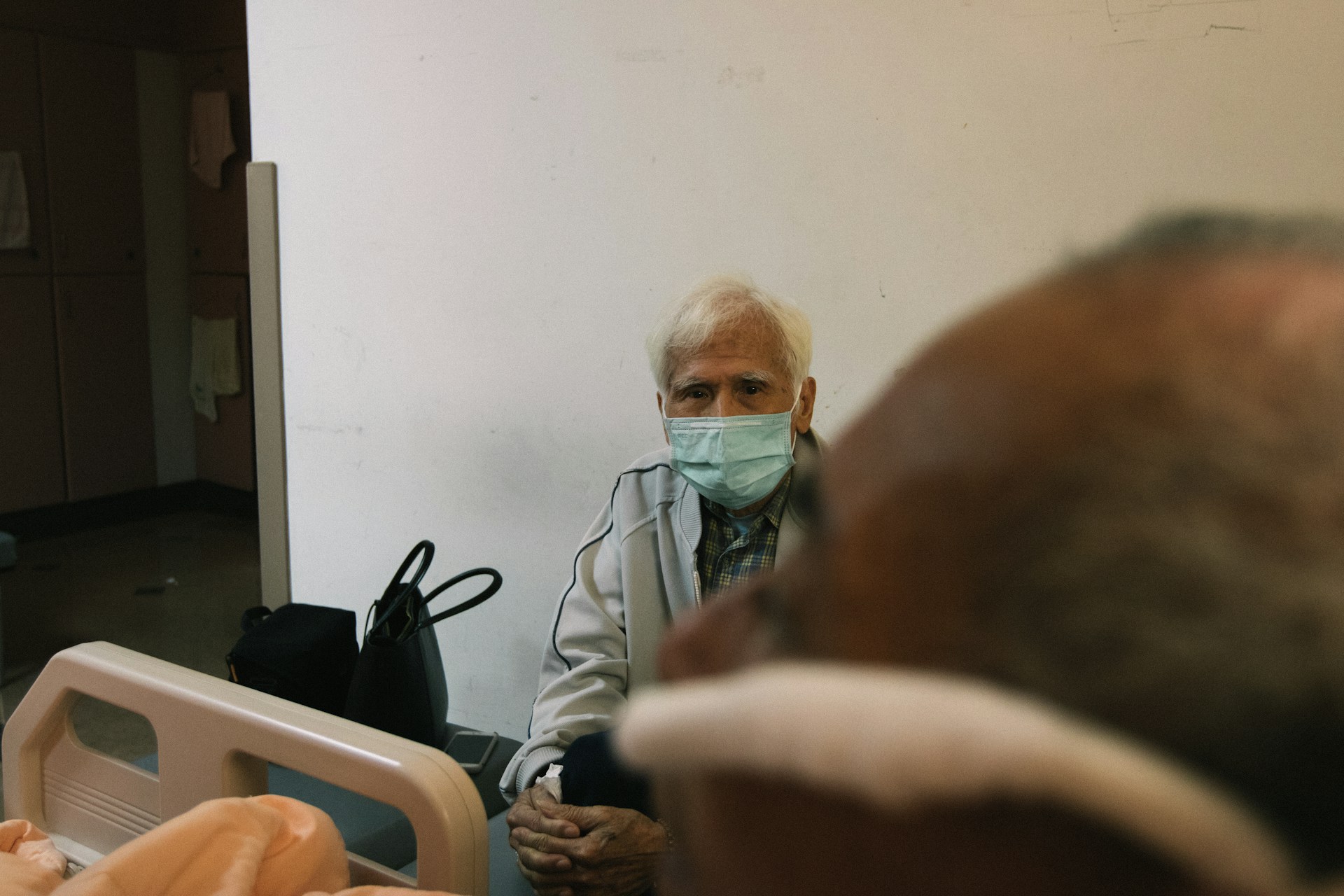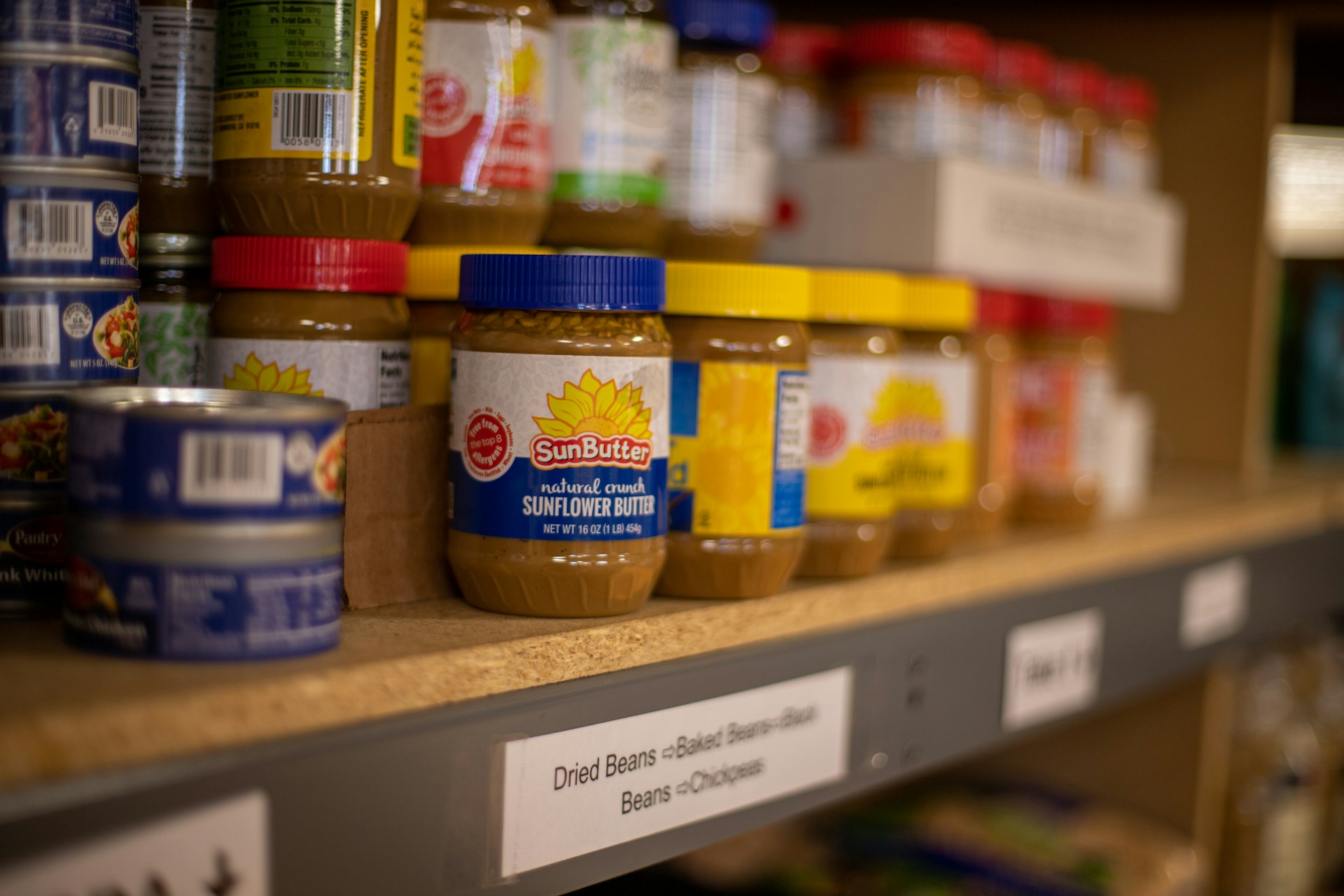Effect of Booklet Education and Cadre Assistance on Iron Tablets Consumption among Anemic Pregnant Women in East Jakarta
Efek Pemberian Edukasi Buklet dan Pendampingan Kader terhadap Konsumsi Tablet Tambah Darah pada Ibu Hamil Anemia di Jakarta Timur

Downloads
Background: Anemia during pregnancy significantly increases maternal risk and poor pregnancy outcomes by 1.71-fold. Enhancing pregnant women's knowledge and adherence to health guidelines requires a comprehensive approach.
Objectives: This study analyzed the effects of booklet education and cadre assistance on adherence to iron tablet consumption among anemic pregnant women in East Jakarta.
Methods: This quasi-experimental study was conducted in 2019 on anemic pregnant women in Makasar Public Health Center, Jakarta. This study comprised three groups: iron-folic acid supplementation only (IF), iron-folic acid supplementation with booklet education (IFB), and iron-folic acid supplementation with booklet education and cadre assistance (IFBA), serving as control, intervention I, and intervention II, respectively. The interventions lasted for three months. Adherence to iron supplementation and knowledge, attitude, and behavior (KAB) regarding anemia were measured. The data were analyzed using ANOVA/Kruskall-Wallis test, Wilcoxon test, and Mc-Nemar test with a significance level of 0.05.
Results: There was no difference in the increase of knowledge and behavior regarding anemia among the three groups (p < 0.05) although the behavior score in the IFBA group was significantly higher than in the other two groups. In addition, there was no difference in the percentage of adherence to iron tablet consumption before and after the intervention in the IF, IFB, and IFBA groups (p > 0.05). However, the IFBA group showed an increase of about 41% in adherence.
Conclusions: There was no difference in the increase of knowledge and attitude regarding anemia among the three groups, except for behavior. However, the IFBA group showed a significant increase in knowledge, attitude, and behavior after the intervention.
Alem, M. et al. Prevalence of Anemia and Associated Risk Factors among Pregnant Women Attending Antenatal Care in Azezo Health Center Gondar Town, Northwest Ethiopia. J Interdiscip Histopathol 1, 137 (2013).
Kementerian Kesehatan RI. Riset Kesehatan Dasar Tahun 2018. http://labdata.litbang.kemkes.go.id/images/download/laporan/RKD/2018/Laporan_Nasional_RKD2018_FINAL.pdf (2018).
Kementerian Kesehatan RI. Riset Kesehatan Dasar Tahun 2007. http://labdata.litbang.kemkes.go.id/images/download/laporan/RKD/2007/lap_rkd07.pdf (2007).
Kementerian Kesehatan RI. Riset Kesehatan Dasar Tahun 2013. https://pusdatin.kemkes.go.id/resources/download/general/Hasil%20Riskesdas%202013.pdf. (2013).
Tanziha, I., Damanik, M. R. M., Utama, L. J. & Rosmiatia, R. Faktor Risiko Anemia Ibu Hamil di Indonesia. Jurnal Gizi dan Pangan 11, (2016).
Wirawan, F. & Nurrika, D. Maternal pre-pregnancy anemia and childhood anemia in Indonesia: a risk assessment using a population-based prospective longitudinal study. Epidemiol Health 44, e2022100 (2022).
Breymann, C. Iron Deficiency Anemia in Pregnancy. Semin Hematol 52, 339–347 (2015).
Lebso, M., Anato, A. & Loha, E. Prevalence of anemia and associated factors among pregnant women in Southern Ethiopia: A community based cross-sectional study. PLoS One 12, e0188783 (2017).
Anderson, A. S., Campbell, D. & Shepherd, R. Nutrition knowledge, attitude to healthier eating and dietary intake in pregnant compared to non‐pregnant women. Journal of Human Nutrition and Dietetics 6, 335–353 (1993).
Laksono, A. D., Rukmini, R. & Wulandari, R. D. Regional disparities in antenatal care utilization in Indonesia. PLoS One 15, e0224006 (2020).
Souganidis, E. S. et al. Relationship of Maternal Knowledge of Anemia with Maternal and Child Anemia and Health-Related Behaviors Targeted at Anemia Among Families in Indonesia. Matern Child Health J 16, 1913–1925 (2012).
Dinas Kesehatan Provinsi DKI Jakarta. Profil Kesehatan 2014. (2015).
Mithra, P. et al. Compliance with iron-folic acid (IFA) therapy among pregnant women in an urban area of south India. Afr Health Sci 13, 880 (2014).
Ibikunle, H. A., Okafor, I. P. & Adejimi, A. A. Pre-natal nutrition education: Health care providers’ knowledge and quality of services in primary health care centres in Lagos, Nigeria. PLoS One 16, e0259237 (2021).
Sunuwar, D. R. et al. Effect of nutrition education on hemoglobin level in pregnant women: A quasi-experimental study. PLoS One 14, e0213982 (2019).
Jumiyati, J., Nugrahaeni, S. & Margawati, A. Pengaruh Modul terhadap Peningkatan Pengetahuan, Sikap dan Praktek Kader dalam Upaya Pemberian ASI Eksklusif. Gizi Indonesia 37, 19–28 (2014).
Perdana, L. Pengaruh peer group tutorial terhadap perilaku jajan sehat siwa kelas 3 di SD Islam Hidayatullah Denpasar Selatan. Jurnal Ilmu Keperawatan UNUD 2, (2014).
Kholid, A. Promosi Kesehatan. (PT Raja Grafindo Persada, Jakarta, 2012).
Sulastijah, S., DW, S. & Helmyati, S. Pengaruh pendidikan gizi dalam upaya meningkatkan kepatuhan konsumsi zat besi melalui kelas ibu hamil. Jurnal Gizi Klinik Indonesia 12, 79 (2015).
Alsaleh, F. M., Elzain, M., Alsairafi, Z. K. & Naser, A. Y. Perceived Knowledge, Attitude, and Practices (KAP) and Fear toward COVID-19 among Patients with Diabetes Attending Primary Healthcare Centers in Kuwait. Int J Environ Res Public Health 20, 2369 (2023).
Melesie Taye, G. et al. COVID-19 Knowledge, Attitudes, and Prevention Practices Among People with Hypertension and Diabetes Mellitus Attending Public Health Facilities in Ambo, Ethiopia. Infect Drug Resist Volume 13, 4203–4214 (2020).
Price, L. R. Psychometric Methods: Theory into Practice. (Guilford Press, New York, US, 2017).
Kamau, M. W., Mirie, W. & Kimani, S. Compliance with Iron and folic acid supplementation (IFAS) and associated factors among pregnant women: results from a cross-sectional study in Kiambu County, Kenya. BMC Public Health 18, 580 (2018).
Kementerian Kesehatan RI. Angka Kecukupan Gizi. (2019).
Gibson, R. S. Principles of Nutritional Assessment. (Oxford University Press, New York, 2005).
FAO/WHO/UNU (Food and Agriculture Organization of the United Nations/World Health Organization/United Nations University). Human Energy Requirements Report of a Joint FAO/WHO/UNU Expert Consultation: Rome 17-24 October 2001. (2004).
WHO. Preventing and Controlling Iron Deficiency Anaemia Through Primary Health Care : A Guide for Health Administrators and Programme Managers. https://www.who.int/nutrition/publications/micronutrients/anaemia_iron_deficiency/9241542497/en/ (1989).
Hartriyanti, Y., Suyoto, P. S., Muhammad, H. F. & Palupi, I. R. Nutrient Intake of Pregnant Women in Indonesia : A Review. Malaysia Journal of Nutrition 18, 113–124 (2012).
Piaggi, P. Metabolic Determinants of Weight Gain in Humans. Obesity 27, 691–699 (2019).
Fitri, Y. Kepatuhan Konsumsi Suplemen Besi dan Pengaruhnya terhadap Kejadian Anemia pada Ibu Hamil di Kota Tangerang. (IPB University, Bogor, 2015).
Pippard, M. Iron deficiency anemia, anemia of chronic disorders and iron overload. in Blood and bone marrow pathology (eds. Porwit, A., McCullough, J. & Erber, W. N.) 173–195 (Churchill Livingstone, Eduinburgh, 2011).
Monsen, E. et al. Estimation of available dietary iron. Am J Clin Nutr 31, 134–141 (1978).
Hasneezah, H., Rosliza, A., Salmiah, M. & Appanah, G. The effectiveness of theory-based intervention to improve haemoglobin levels among women with anaemia in pregnancy. Med J Malaysia 75, 626–634 (2020).
Assefa, H., Abebe, S. M. & Sisay, M. Magnitude and factors associated with adherence to Iron and folic acid supplementation among pregnant women in Aykel town, Northwest Ethiopia. BMC Pregnancy Childbirth 19, 296 (2019).
Denison, J. Behavior change: a summary of four major theories, Family Health International (FHI). http://www.fhi.org/en/aids/aidscap/aidspubs/behres/bcr4theo.html (2002).
Jones, C. L. et al. The Health Belief Model as an Explanatory Framework in Communication Research: Exploring Parallel, Serial, and Moderated Mediation. Health Commun 30, 566–576 (2015).
Prochaska, J. O., DiClemente, C. C. & Norcross, J. C. In search of how people change: Applications to addictive behaviors. American Psychologist 47, 1102–1114 (1992).
Hashemzadeh, M., Rahimi, A., Zare-Farashbandi, F., Alavi-Naeini, A. & Daei, A. Transtheoretical model of health behavioral change: A systematic review. Iran J Nurs Midwifery Res 24, 83 (2019).
Huang, H.-T., Kuo, Y.-M., Wang, S.-R., Wang, C.-F. & Tsai, C.-H. Structural Factors Affecting Health Examination Behavioral Intention. Int J Environ Res Public Health 13, 395 (2016).
Aprianti, R., Sari, G. M. & Kusumaningrum, T. Factors Correlated with the Intention of Iron Tablet Consumption among Female Adolescents. Jurnal Ners 13, 122–127 (2018).
Triharini, M., Nursalam, N., Sulistyono, A., Adriani, M. & Hsieh, P.-L. Perceived Benefits and Intakes of Protein, Vitamin C and Iron in Preventing Anemia among Pregnant Women. Jurnal Ners 13, 156–161 (2019).
Copyright (c) 2024 Amerta Nutrition

This work is licensed under a Creative Commons Attribution-ShareAlike 4.0 International License.
AMERTA NUTR by Unair is licensed under a Creative Commons Attribution-ShareAlike 4.0 International License.
1. The journal allows the author to hold the copyright of the article without restrictions.
2. The journal allows the author(s) to retain publishing rights without restrictions
3. The legal formal aspect of journal publication accessibility refers to Creative Commons Attribution Share-Alike (CC BY-SA).
4. The Creative Commons Attribution Share-Alike (CC BY-SA) license allows re-distribution and re-use of a licensed work on the conditions that the creator is appropriately credited and that any derivative work is made available under "the same, similar or a compatible license”. Other than the conditions mentioned above, the editorial board is not responsible for copyright violation.












































